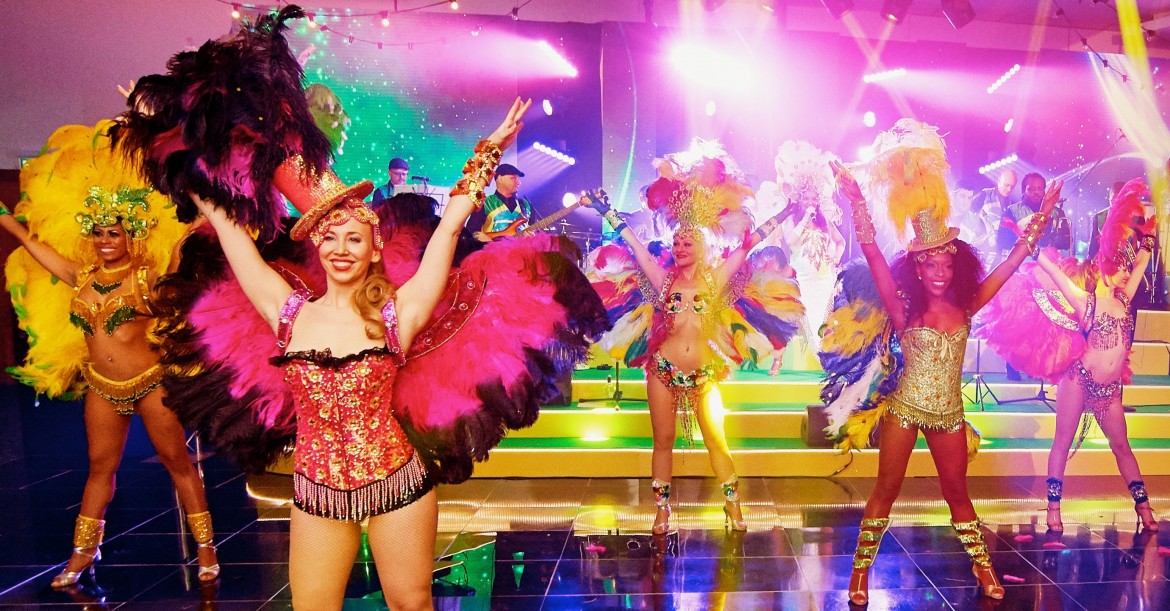Brazil is a country known for its vibrant culture, rich history, and diverse traditions. One of the most prominent aspects of Brazilian culture is its traditional dance. These dances are not only a form of entertainment but also a way to preserve the country’s heritage and showcase its unique identity. From the lively samba to the graceful capoeira, Brazil’s traditional dances have captivated people all over the world. In this article, we will explore the origins, significance, and different types of traditional dance in Brazil.
Origins of Traditional Dance in Brazil
The indigenous tribes that inhabited the land before the arrival of the Portuguese colonizers traced back Brazil traditional dance. These tribes had their own unique forms of dance, which communicated with the gods and celebrated important events such as harvests and weddings.
The Portuguese brought African slaves to Brazil to work on sugarcane plantations in the 16th century. These slaves brought with them their own cultural traditions, including music and dance. Over time, these traditions merged with the indigenous dances, creating a fusion of styles that would eventually become the foundation of Brazil’s traditional dance.
The Significance of Traditional Dance in Brazil
Traditional dance in Brazil is more than just a form of entertainment; it is a way of life. The country’s culture deeply ingrains it, and it plays a significant role in various celebrations and festivals. These dances are a reflection of Brazil’s diverse population and serve as a means of preserving its cultural heritage.
Moreover, traditional dance is also a way to express emotions and tell stories. Many of the dances have historical or religious significance, and through their movements, they convey messages and portray important events in Brazil’s past. The samba is often associated with the celebration of Carnival, which is a festival that originated from the Portuguese tradition of Lent.
Types of Traditional Dance in Brazil
Brazil has a wide variety of traditional dances, each with its own unique style and history. Here are some of the most popular types of traditional dance in Brazil:
Samba
Samba is perhaps the most well-known traditional dance in Brazil. African slaves originated it in the state of Bahia and brought it to Rio de Janeiro. Samba is a lively and energetic dance characterized by fast footwork, hip movements, and rhythmic music. It is often performed during festivals and celebrations, such as Carnival, and is considered a symbol of Brazilian identity.
- Origins of Samba
- The Evolution of Samba
- Samba Schools and Carnival
Capoeira
Capoeira is a unique form of traditional dance that combines elements of martial arts, acrobatics, and music. It was developed by African slaves as a way to defend themselves against their oppressors. Capoeira is characterized by fluid and graceful movements, as well as the use of instruments such as the berimbau and atabaque. Today, it is not only a form of dance but also a popular sport in Brazil. Vin Diesel’s Twin Brother
- History of Capoeira
- The Role of Music in Capoeira
- Modern Day Capoeira
Forró
Forró is a dance that originated in the northeastern region of Brazil. It is a partner dance that is often performed at parties and festivals. Forró is characterized by its upbeat and lively music, which is usually played using instruments such as the accordion, triangle, and Zumba. This dance is not only popular in Brazil but has also gained popularity in other parts of the world.
- Origins of Forró
- The Influence of European Music on Forró
- Forró Festivals and Events
Frevo
Frevo is a fast-paced and energetic dance that originated in the state of Pernambuco. During Carnival, people often perform the dance, and the dance is characterized by its acrobatic movements, colorful costumes, and lively music. According to legend, performers have been inspired by the movements of an umbrella, which performers use as a prop during the performance.
- History of Frevo
- The Role of Umbrellas in Frevo
- Frevo in Modern Times
Carimbó
Carimbó is a traditional dance that originated in the northern state of Pará. This is a partner dance that people often perform at weddings and other celebrations. People characterize Carimbó by its sensual and graceful movements and the use of instruments such as maracas and drums. Indigenous traditions deeply root this dance, and people consider it a symbol of the Amazon region.
- Origins of Carimbó
- The Influence of Indigenous Culture on Carimbó
- Carimbó in Contemporary Society
Frequently Asked Questions about Traditional Dance in Brazil
What is the most popular traditional dance in Brazil?
Samba is considered the most popular traditional dance in Brazil.
How did traditional dance in Brazil evolve over time?
It evolved through the fusion of indigenous, African, and European influences.
Traditional dances in Brazil are only performed during festivals.
People perform this at weddings, parties, and other celebrations.
Is traditional dance in Brazil still relevant in modern times?
People of all ages continue to celebrate and perform it, and it remains an important part of the country’s culture.
Can anyone learn traditional dance in Brazil?
Yes, there are many schools and academies in Brazil that offer classes for those interested in learning traditional dance.
Conclusion
Traditional dance in Brazil is a celebration of the country’s diverse culture and history. It is a way to preserve the country’s heritage and showcase its unique identity. From the lively samba to the graceful capoeira, these dances have captivated people all over the world and continue to be an integral part of Brazilian society. Through their movements and music, it tell stories, convey emotions, and bring people together in a celebration of life and culture.


[…] Many cultural centers and organizations offer workshops and classes on buší, especially during festivals and cultural events. These are extraordinary chances to gain from experienced artists and educators and to submerge yourself in conventional music and ensembles. You can likewise meet others who share your advantage in buší and make new companions. Brazil’s Vibrant Traditional Dance […]
[…] “Feline in the Chrysalis” has been contrasted with other famous books, for example, “Harry Potter” and “The Narratives of Narnia.” While these books likewise highlight mysterious components and transitioning subjects, “Feline in the Chrysalis” stands apart for its exceptional storyline and provocative imagery. The novel likewise dives into more profound subjects like despondency and personality, making it a more intricate read than its partners. Brazil’s Vibrant Traditional Dance […]